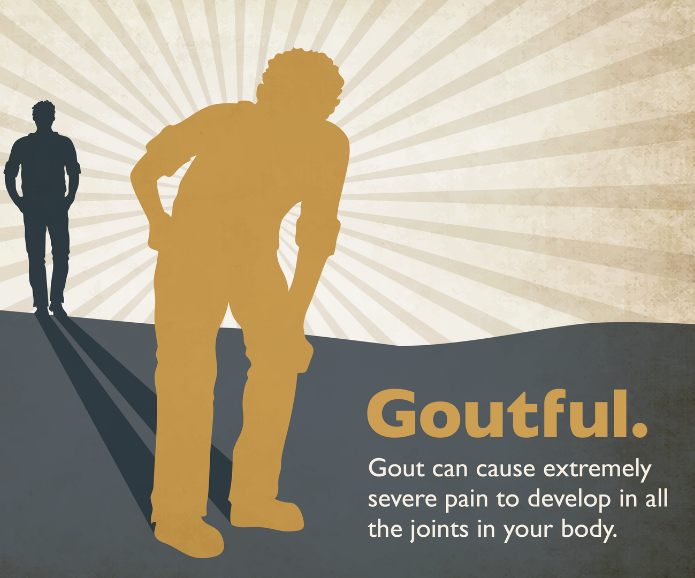
A letter about gout: Theresa's story
Theresa, a registered nurse who has gout and kidney disease, shares her experience living with the two conditions. She writes a heartfelt letter explaining the effect gout has had on her quality of life. In the letter she discusses the pain of gout and encourages others like her to be open and honest about their experience.







